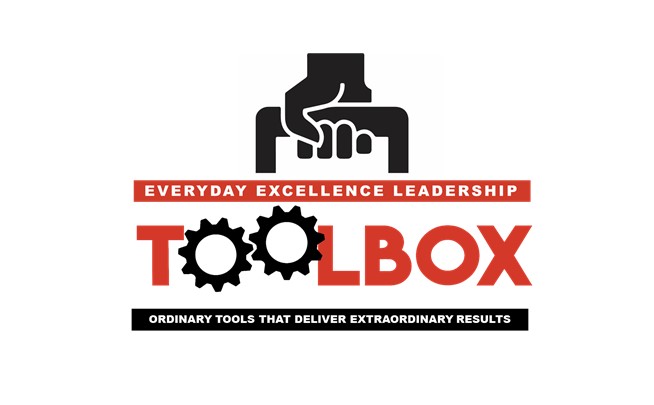
Most leaders can tell you their DISC type, their Myers Briggs Indicator and can recite the 7 Habits of Highly Effective People. They have “Discovered their Strengths”, have “360 Feedback” plans and have attended multiple seminars on how to facilitate an inclusive work environment. It’s all good stuff, and it’s all valuable, but unfortunately it’s not enough.
Traditional leadership development programs have predominately focused on soft skills and have short-changed leaders by not providing them with the tools they need to empower their team to deliver sustainable results. And while most leaders can tell you their DISC type, few know how to build a Line-of-Site to align their organization around goals.
Leadership Tools provide leaders with proven methods and techniques that empower their workforce to get things done. For example, by using the Brainstorming tool, a leader can solicit input from their team to help identify problems, find potential solutions and generate innovative ideas. They can use Process Maps to standardize work processes, improve workflow and enhance ownership. And they can use a Decision Matrix to obtain team input for making objective decisions based on “What’s Important”. All of these tools use a team based approach which gives employees a voice in how work is done which inturn increases their connection, ownership and accountabilty for achieving results.
These are only a few of the ordinary tools that can help leaders engage their workforce to deliver extraordinary results. Leaders who embrace these types of tools tend to make better decisions, are able to foster a more inclusive work environment and are better equipped to meet their goals. The best thing about most Leadership Tools is that each of them can be learned in a few hours and can be immediately applied to deliver better outcomes. It takes a little practice to build the skills to know when and how to apply the tools but once this is mastered, marvelous things will happen.
See more tools in the Everyday Excellence Toolbox
